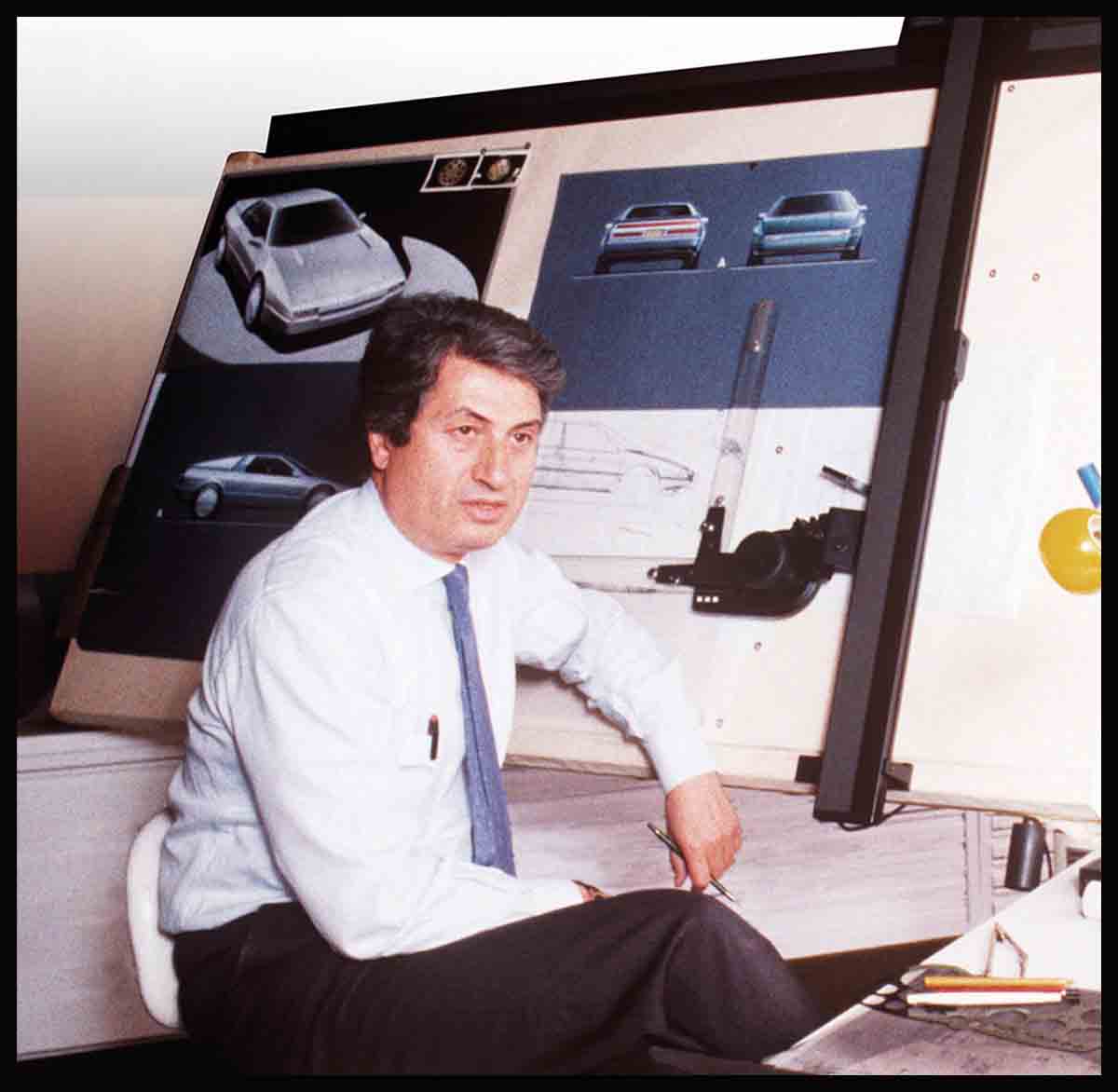
Great Designers—Giorgetto Giugiaro
A colossus in the world of design, Giorgetto Giugiaro is often regarded as the greatest car stylist of all time. A precocious talent, he showed an aptitude for design while still a teenager, and created some of the most beautiful car shapes in history. He also invented the angular “folded paper” design style, made truly remarkable concept cars—and even designed his own pasta.
“I have designed cars for every major company but Honda, and one day I will do that.”
GIORGETTO GIUGIARO, WHO NEVER DID WORK FOR HONDA
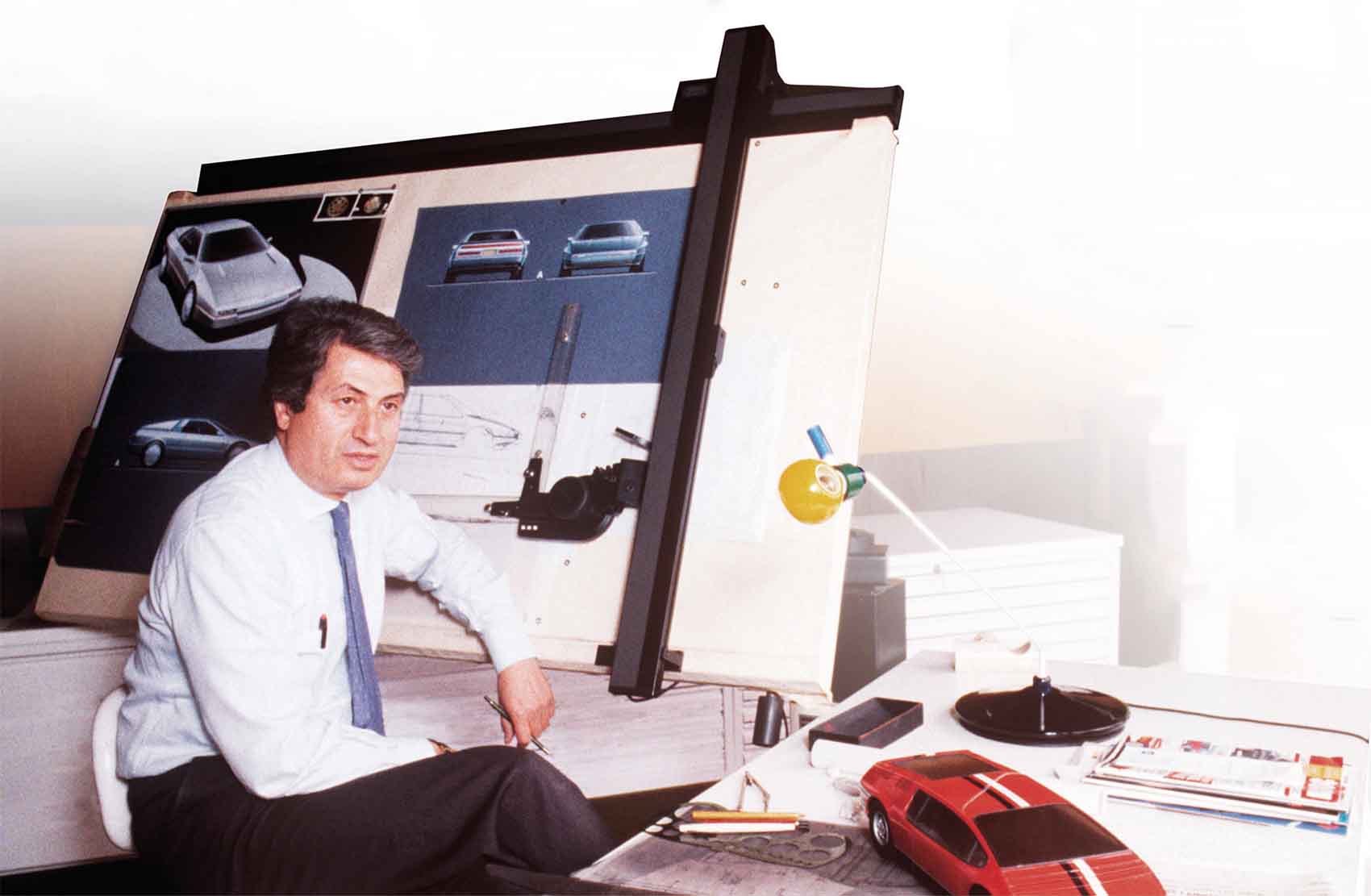
The models, drawing board, and even the desk lamp display Giugiaro’s creativity, which the Italian constantly put to work on creating innovative and exciting new designs.
BORN INTOA FAMILY of musicians and artists, Giorgetto Giugiaro showed a precocious talent from a very early age, and his first job at Fiat’s styling department came when he was just 17 years old. A few short years later, in 1959, he had become the youngest ever head of styling at the design house Bertone. Nuccio Bertone offered Giugiaro the position on the strength of a sketch he had received from the young designer, and which the studio head subsequently sold to Alfa Romeo. That sketch was for the Alfa Romeo 2000; it was the very first production car in Giugiaro’s long career as a designer. His work at Bertone was sensational, and included such greats as the BMW 3200 CS, Alfa Romeo Giulia GT, and Fiat 850 Spider. In 1965 he left Bertone to take the top design job at Ghia, where he styled the De Tomaso Mangusta.
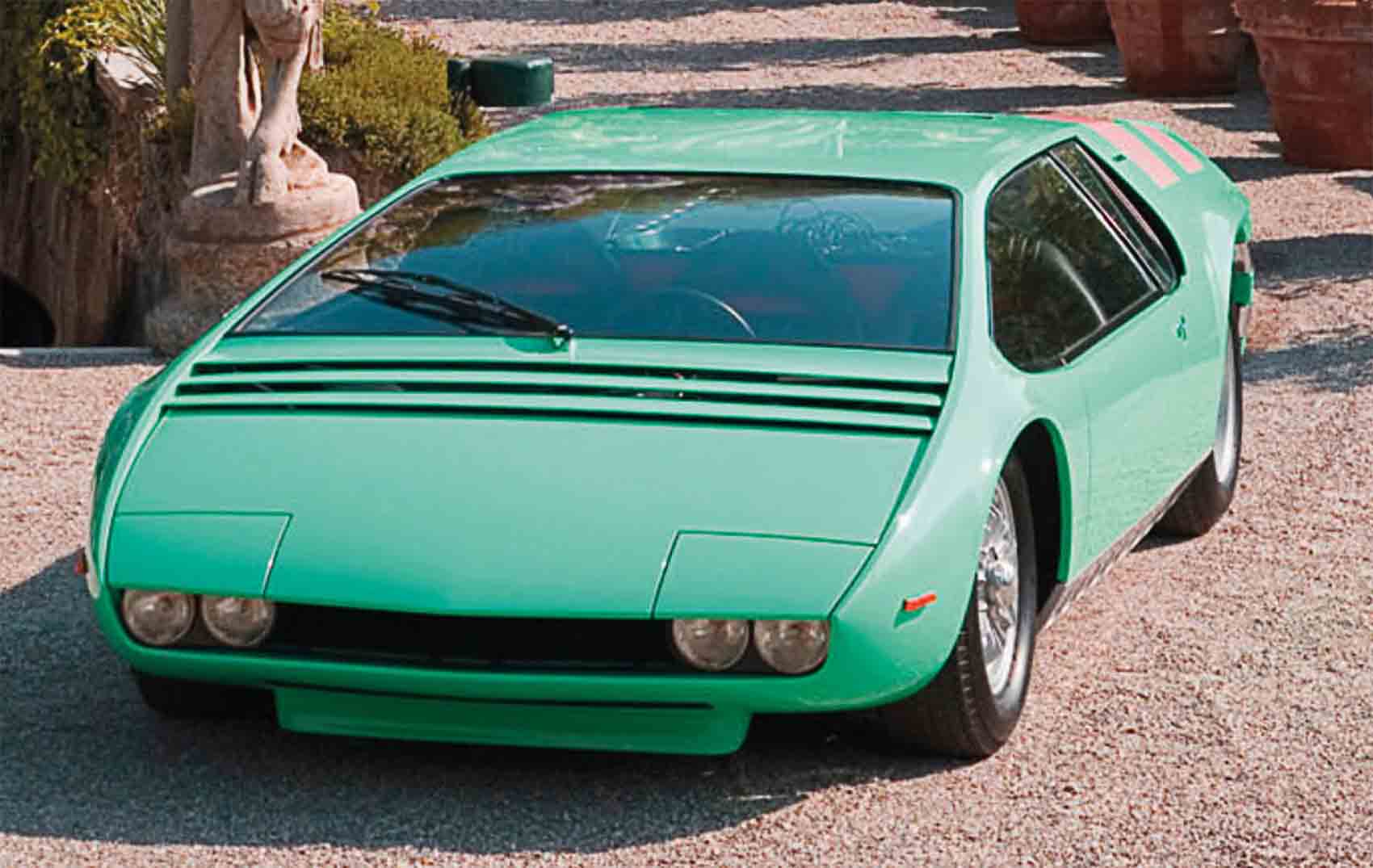
One of the first independent designs produced by Giugiaro, the Manta was intended to demontstrate what he could do. It had a particularly unusual seating arrangement, with the driver positioned between two passengers.
Then in 1968, aged only 29, Giugiaro felt confident enough to set up his own consultancy in Turin. This company—eventually named Italdesign—offered not only styling but also provided everything necessary to bring a design to production.
This was an era when manufacturers actively courted design houses—and Giugiaro reigned supreme as brand after brand flocked to his studio, attracted by the elegant sense of proportion and crisp lines in his work. He fashioned many of the world’s bestselling cars, including the seminal VW Golf of 1974, a clean-cut creation of singular simplicity. His “folded paper” design school produced such iconic vehicles as the VW Scirocco and Audi 80 (1974), Lancia Delta (1979), Fiat Panda (1980), and Fiat Uno (1983).
The tide of production cars continued to flow into the 1990s, with the bestselling Fiat Punto (1993) and widely lauded Lexus GS (1991) being Guigiaro classics. Guigaro also provided designs for Asian companies such as Hyundai, Daewoo, Isuzu, Proton, and China Brilliance.
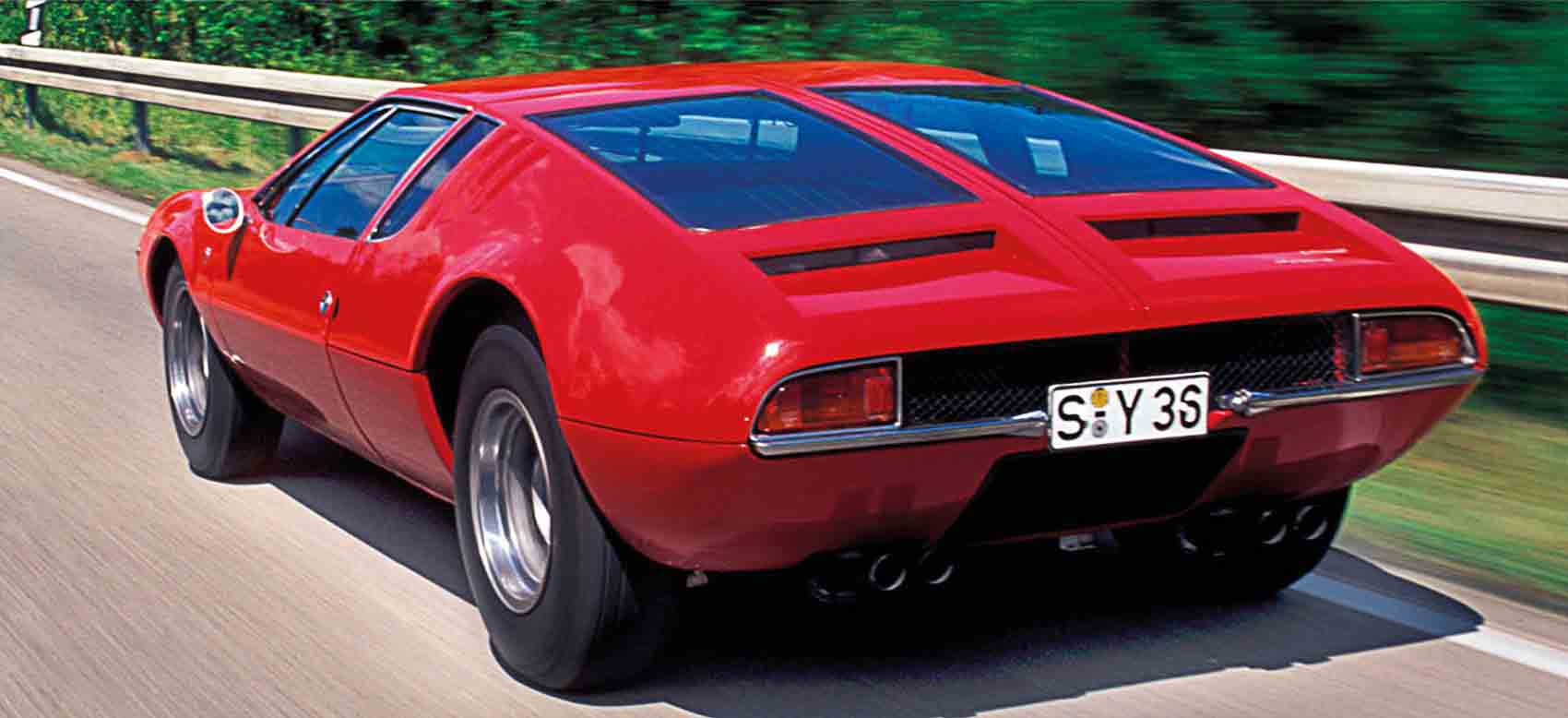
SUPERCAR SUPERSTAR
The dream of any car designer is to have a supercar design put into production, and Giugiaro achieved this many times over. The Lotus Esprit, Maserati Bora, DeLorean DMC-12, and BMW Ml were all notable for their exceptionally clean lines. The Maserati 3200GT of 1998, meanwhile, adopted a highly original “boomering” tail-light design. Giugiaro’s influence as a trendsetter stemmed from his pure concept cars. The first of these was 1968’s Manta, a dramatic coupe for the Italian car maker Bizzarrini, followed by such greats as the Alfa Romeo Iguana (1969), VW-Porsche Tapiro (1970), Alfa Romeo Caimano (1971), and VW Cheetah (1971).
Perhaps the most striking dream car that Giugiaro designed was the Maserati Boomerang. Designed in 1971 with an ultra-steep, 15-degree windscreen—the most extreme angle possible—the machine pushed at the frontiers of what was acceptable in car design. Other classic supercars followed: the BMW Nazca, Volkswagen W12, and several Bugatti concept cars. Lamborghini also asked him to create a small sports car, the Cala, which came tantalizingly close to production. The only marque with which Giugaro did not enjoy such success was Ferrari—just one of its cars bore his name, the GG50 built in 2005.
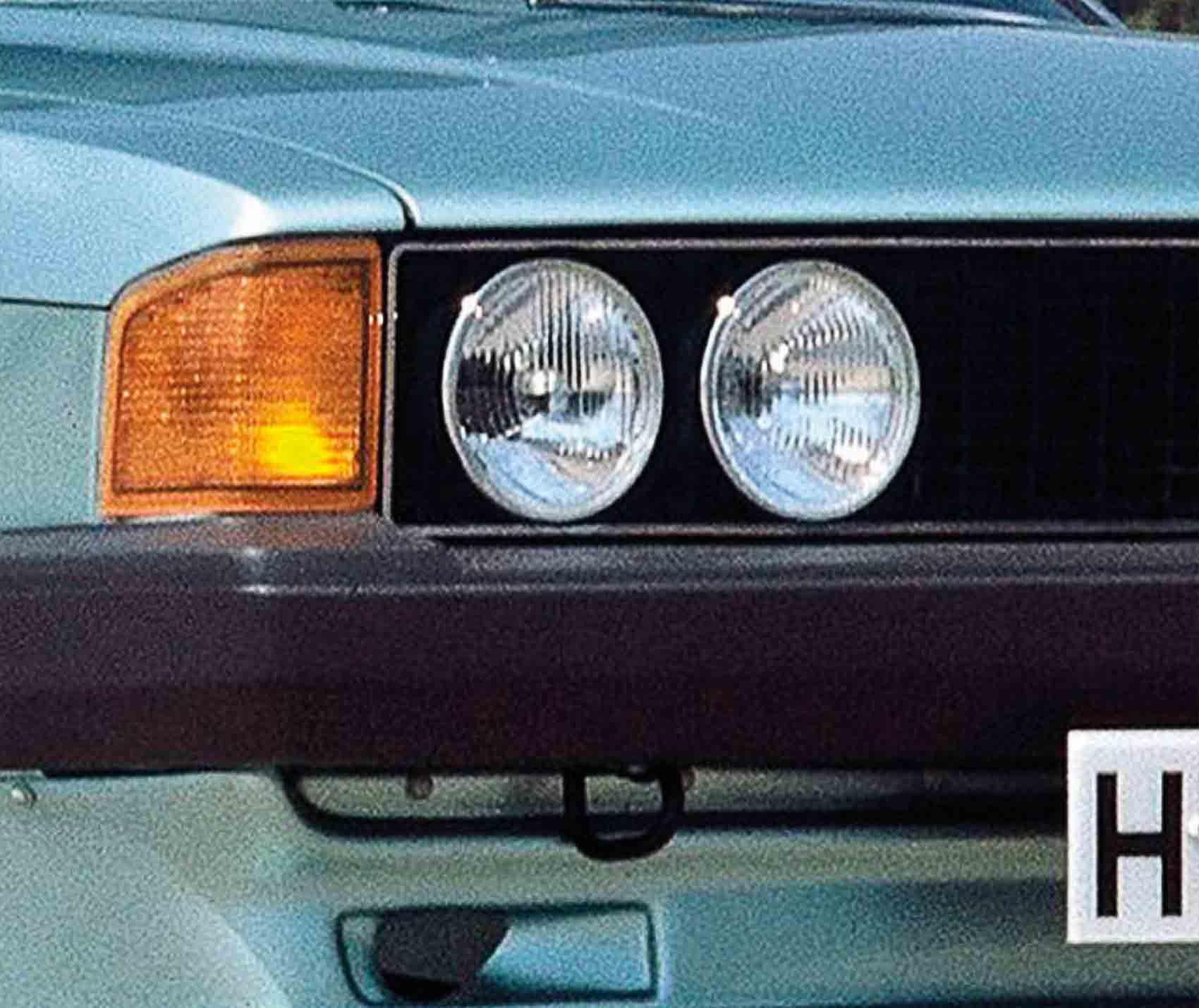
PIONEER OF PURPOSE
Giugiaro was a consistent pioneer whose influence is still felt in almost every area of car design today. For example, his 1976 New York taxi and 1978 Lancia Megagamma concept cars anticipated the Multipurpose Vehicle (MPV): a high-roof, one-volume vehicle with an adaptable interior layout.
Giugiaro was always more than just a stylist; aerodynamism numbered among his many interests. The 1980 Medusa, built on the Lancia Beta platflorm, boasted a drag coefficient figure of just 0.263, making it the most aerodynamic road car ever available at that time. Giugiaro never shirked from producing outrageous concepts. His 1986 Machimoto combined elements of both cars and motorbikes, and was capable of seating nine passengers astride two rows of seats.
With so many Volkswagen products to the Giugiaro name, it was perhaps unsurprising that VW bought a controlling interest in Italdesign in 2010, with Giugiaro himself remaining in place until his retirement in 2015.
Giugiaro’s output was prolific. His work spanned arenas as diverse as menswear, Nikon cameras, Beretta guns, the Pendolino train, watches, and even pasta, but cars were always his first passion, and that was evident in every vehicle he created.
Career highlights
> 1955 Giugiaro takes his first job at the Fiat Special Vehicles Styling Centre in Milan
> 1959 Nuccio Bertone offers a 20-year-old Giugiaro the position of design chief at his company
> 1965 Giugiaro moves over to head up design at Ghia
> 1968 Giugiaro sets up his own design company which will come to be named Italdesign
> 1971 Italdesign’s first commercial project is completed—the highly-acclaimed Alfa Romeo Alfasud
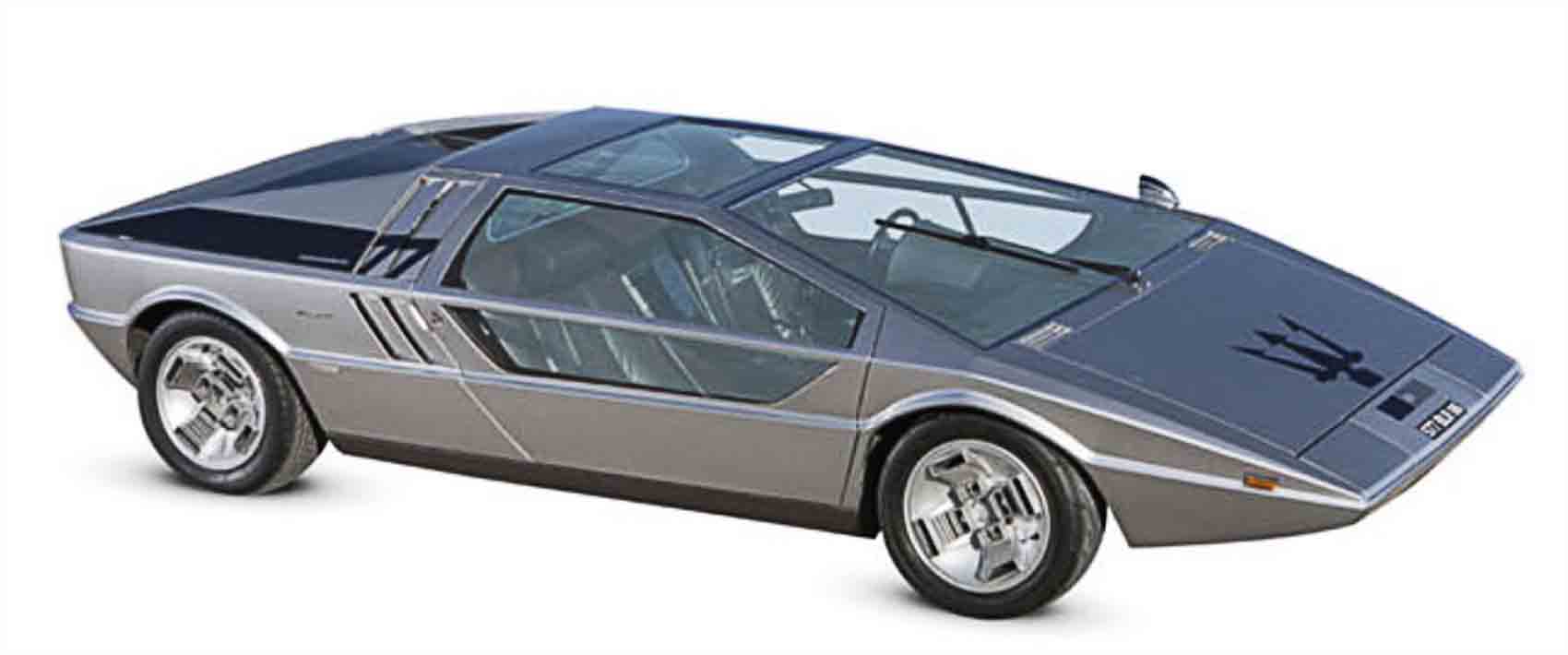
The wedge-shaped Boomerang, with its stark, angled body, had a huge impact when first revealed. Elements of its design would be echoed in several Giugiaro designs in the following years.
> 1973 The first design for Volkswagen enters production—the VW Passat followed by the Mk 1 VW Golf
> 1976 Giugiaro’s design for the Lotus Esprit goes into production, while his New York taxi concept invents the MPV form
> 1999 Giugiaro is named “Car Designer of the Century” in Las Vegas
> 2002 Giugiaro is inaugurated into the Automotive Hall of Fame
> 2015 Giugiaro retires after VW acquires full control of the company he founded
It is a quote. The Classic Car Book – The Definitive Visual History 2016




